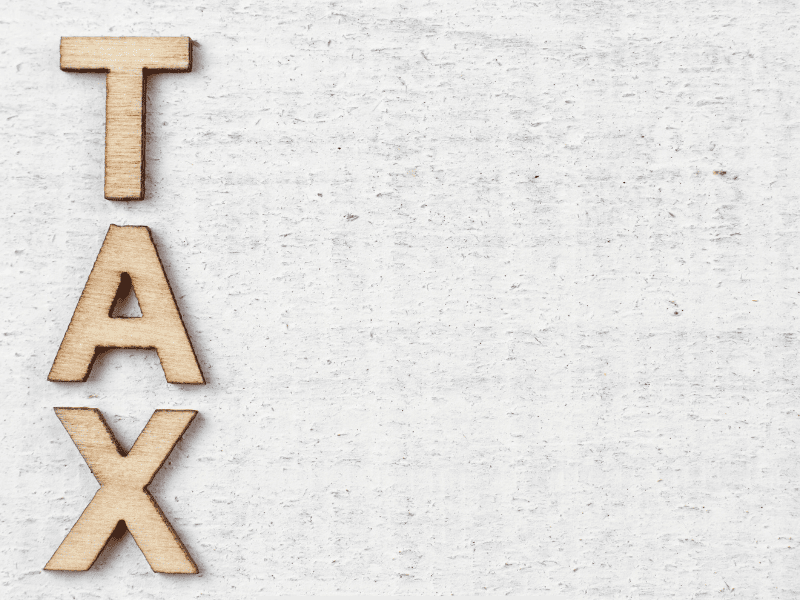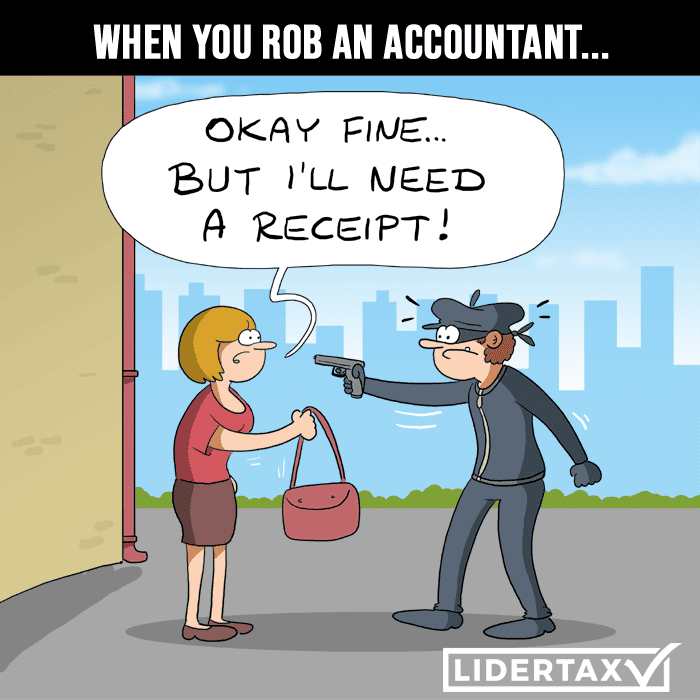
The clock is ticking for sole traders as Making Tax Digital (MTD) moves closer. From April 2026, the way you complete your Self Assessment will change entirely. What once meant one annual tax return will now become a digital, quarterly routine. Understanding these updates early will save time, confusion, and possible penalties later.
Why MTD Matters for Self Assessment
MTD is HMRC’s plan to make the UK tax system more efficient and accurate. It requires individuals to keep and send financial records digitally rather than on paper. For sole traders, this changes how Self Assessment works at every level.
Instead of submitting one document each year, you’ll now provide quarterly updates to HMRC using software approved for MTD. The goal is simple: reduce mistakes, encourage real-time reporting, and make tax compliance easier for everyone.
Although this change can feel technical, it offers real benefits. You’ll gain a clearer view of your cash flow throughout the year and avoid year-end surprises.
Who Needs to Join MTD for Self Assessment
The new rules start in April 2026 for sole traders and landlords earning more than £50,000 in business or rental income. One year later, in April 2027, the threshold will extend to those earning between £30,000 and £50,000.
If you fall into these groups, you must follow MTD rules. You’ll keep digital records and send updates every three months. Smaller earners and partnerships will join later as the rollout expands.
Even if your earnings are below the limit now, planning ahead makes sense. Business growth could push your income over the threshold, meaning early preparation avoids a last-minute rush.
How MTD Changes the Self Assessment Process
The traditional Self Assessment system involved filing one yearly tax return. Under MTD, your responsibilities spread out across the year. You must:
- Keep all business income and expense records in digital form.
- Submit digital updates to HMRC every three months.
- Send one End of Period Statement (EOPS) at the end of the tax year.
- Confirm your final declaration online, replacing the annual return.
This system means more frequent submissions but smoother, more predictable reporting. It also helps spot errors before they grow into big problems. Digital records create a consistent trail that’s easy to check and share.
How to Prepare for MTD and Digital Self Assessment
Preparation is key to making this transition stress-free. The following steps will help you stay ahead of MTD deadlines.
1. Check if you meet the income threshold
Review your business and property income from the last tax year. If it exceeds £50,000, you’ll join MTD from April 2026.
2. Choose MTD-compatible software
You’ll need digital tools that communicate directly with HMRC. Leading options include FreeAgent, QuickBooks, or Xero. These systems record transactions, calculate tax, and submit updates automatically.
3. Digitise your financial records
Paper ledgers and manual spreadsheets will no longer be enough. Upload your invoices, receipts, and statements to your chosen platform. Keeping on top of records each week prevents a year-end backlog.
4. Learn the new process early
Familiarise yourself with your software’s dashboard and practice sending test updates. Many platforms allow MTD pilots where you can simulate real submissions.
5. Plan for quarterly filings
Create calendar reminders or link deadlines to your business schedule. Missing a quarterly report could lead to penalties.
6. Work with your accountant
Good accountants already support digital systems. Ask for help setting up your software and understanding new reporting routines. Collaboration ensures accuracy and peace of mind.
Common Self Assessment and MTD Mistakes
Moving from paper to digital systems can create confusion at first. The most frequent mistakes include:
- Forgetting to register for MTD before the deadline.
- Using outdated or non-compliant accounting software.
- Not maintaining accurate, up-to-date records.
- Submitting incomplete or incorrect quarterly returns.
Avoid these errors by reviewing guidance from HMRC and sticking to a routine. Good organisation prevents late submissions and unnecessary fines.
Consistency is the secret to success under MTD. Logging income and expenses weekly helps you stay prepared when each quarterly update arrives.
Benefits of Using MTD for Self Assessment
Although MTD introduces new requirements, it brings long-term advantages. Digital Self Assessment reporting provides:
- Real-time insights into your business performance.
- Improved accuracy and fewer mistakes in calculations.
- Faster, more transparent communication with HMRC.
- Smoother collaboration with accountants or bookkeepers.
- Stronger financial control and simpler tax forecasting.
Many sole traders find unexpected benefits once they become familiar with digital tools. Tasks like invoicing, reconciling bank transactions, and tracking deductions become easier when automated.
Over time, the shift to MTD can save both stress and money. Quarterly reporting spreads your workload across the year, making tax season far less overwhelming.
Digital Record Keeping: A Practical Routine
Keeping accurate digital records isn’t complex once you adjust your habits. Each transaction matters, whether it’s a client payment or a small expense. Record it as it happens to avoid missing information later.
Use clear categories for income and spending. Link your business bank account where possible. Categorised transactions bring cleaner reports and quicker updates when it’s time to file.
If you travel, use mobile apps to capture receipts on the go. Many MTD-compatible platforms include optical character recognition (OCR) that reads receipt data automatically. This small effort ensures compliance and reduces manual entry.
How Accountants Can Support Your Transition
Accountants play a vital role in preparing for MTD. They already understand compliance requirements and can tailor digital solutions to your business. A good accountant will:
- Help you register for MTD at the right time.
- Recommend the best software for your trading style.
- Set up your chart of accounts for accurate reporting.
- Review quarterly updates to ensure they’re correct.
Working together ensures your move to digital tax management is smooth and secure. You’ll also gain expert advice on allowable expenses and real-time tax estimates.
What Happens If You Ignore MTD Rules
Failing to meet MTD requirements risks serious penalties. HMRC is introducing a new points-based system for late submissions. Each missed deadline earns points, and repeated late filings trigger fines.
Even if you prefer traditional methods, switching now protects your record with HMRC. Non-compliance could also delay refunds or increase stress at year-end.
MTD isn’t optional for most sole traders from April 2026 — taking action now is the safest option.
Final Thoughts on MTD and Self Assessment Preparation
The transition from traditional Self Assessment to MTD represents one of the biggest changes in UK tax administration. Yet despite the challenge, it offers new clarity and control for businesses.
Digital tax tools create efficient workflows, accurate reporting, and fewer surprises. Sole traders who prepare early will benefit most — they’ll file faster, stay organised, and make confident business decisions with real-time data.
April 2026 may seem distant, but time passes quickly when running a business. The next few months are ideal for testing systems, learning the new process, and getting comfortable with quarterly reporting.
The move to MTD isn’t just a legal necessity — it’s an opportunity to modernise how you handle your Self Assessment and embrace a more transparent way of managing tax.



